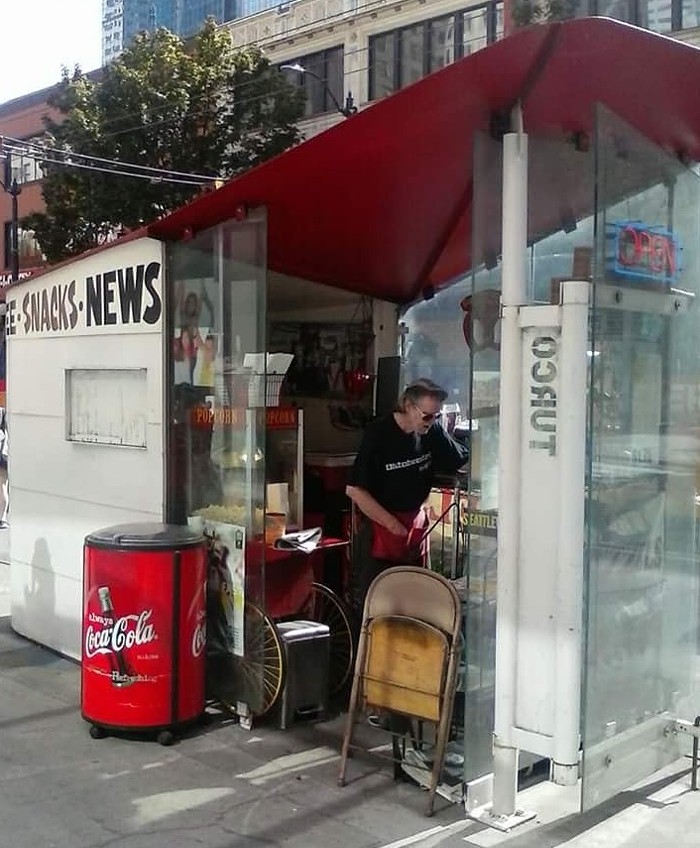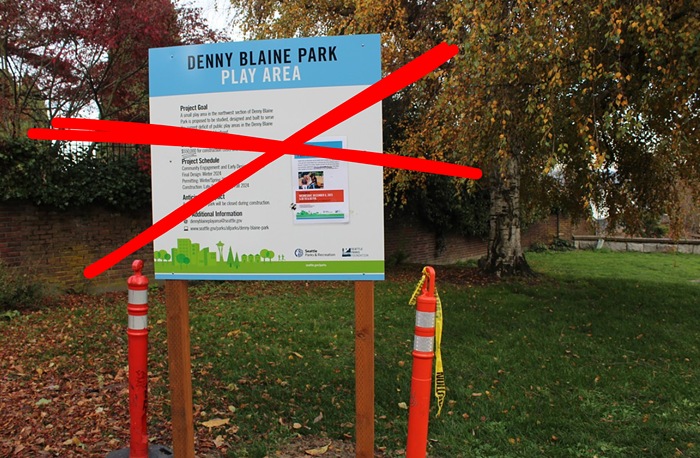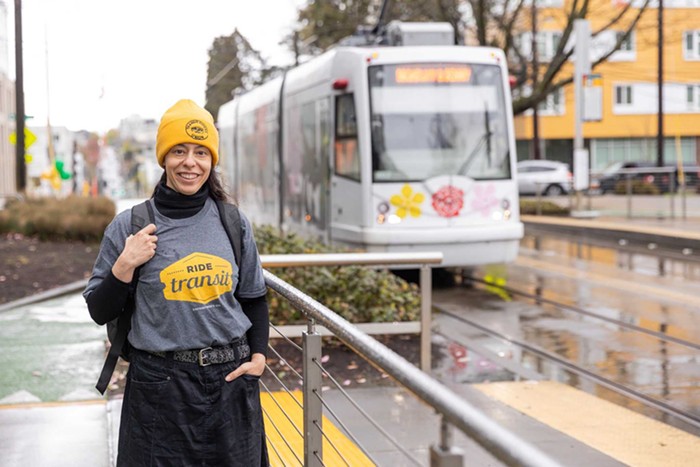Governor Christine Gregoire announced last week that she wants Seattle voters to decide what should be done about the teetering Alaskan Way Viaduct: tunnel or elevated rebuild?
The decision of what to put in front of Seattle's voters, however, falls to the city council—not Gregoire. And the majority of the council sees things differently than Gregoire. In September, they passed an ordinance, 7—1, naming the tunnel and a boulevard/transit option—not the tunnel and elevated rebuild—as the choices on the table. "In the event a tunnel proves to be infeasible," the ordinance states, "the city recommends the development of a transit and surface-street alternative."
Well guess what? When the governor called for the vote, she had this to say about the tunnel: "The finance plan for the tunnel alternative is not 'feasible'." The tunnel is expected to cost between $3.6 billion and $5.5 billion, and the rebuild, which she labled "feasible," is coming in at $2.2 billion to $3.3 billion.
This certainly raises the question of why she wants us to vote on the tunnel at all. Obviously, no one's going to vote for a tunnel we can't afford. And that means we're likely to end up with an elevated highway by default—defacing the central waterfront for another 100 years. It would make more sense to vote yay or nay on the elevated rebuild in its own right, rather than having it square off against the famously half-baked tunnel plan.
But Gregoire's announcement raises a more important question for the council: If the state (which has pledged $2.2 billion) thinks the tunnel is "infeasible," isn't the council, as mandated by their own ordinance, now required to develop the surface/transit option? The surface/transit option involves investing in local transit, upgrading downtown arterials, investing in bike and pedestrian upgrades, and building a four-lane surface road to replace the viaduct and spark neighborhood and commercial development along the waterfront. (Total bill hovers around $2 billion.)
City council members aren't the only local leaders who are interested in the surface/transit option. Incoming co-vice chair of the Washington State Senate Transportation Committee (and outgoing chair of the State House Transportation Committee) Ed Murray (D-43) sent a letter to WSDOT this month asking them to study it. King County Executive Ron Sims, responding to Gregoire's announcement, last week, wrote: "I disagree with the governor's call for excluding a surface-boulevard-plus-transit option... That option, which could open up the waterfront while providing an affordable, environmentally friendly means of moving traffic, has not been studied. The surface option WSDOT briefly examined contained no transit element and bears little resemblance to what surface/transit advocates are proposing."
Even State House Speaker Frank Chopp (D-43), a diehard fan of some sort of elevated rebuild, told me two weeks ago he wants WSDOT to study the surface/transit option.
No one's going to study the surface/transit option however, if it's "off the table," as Gregoire put it in her announcement.
The city council needs to stand up to Gregoire, do what it said it would do, and put it back on the table. 


















